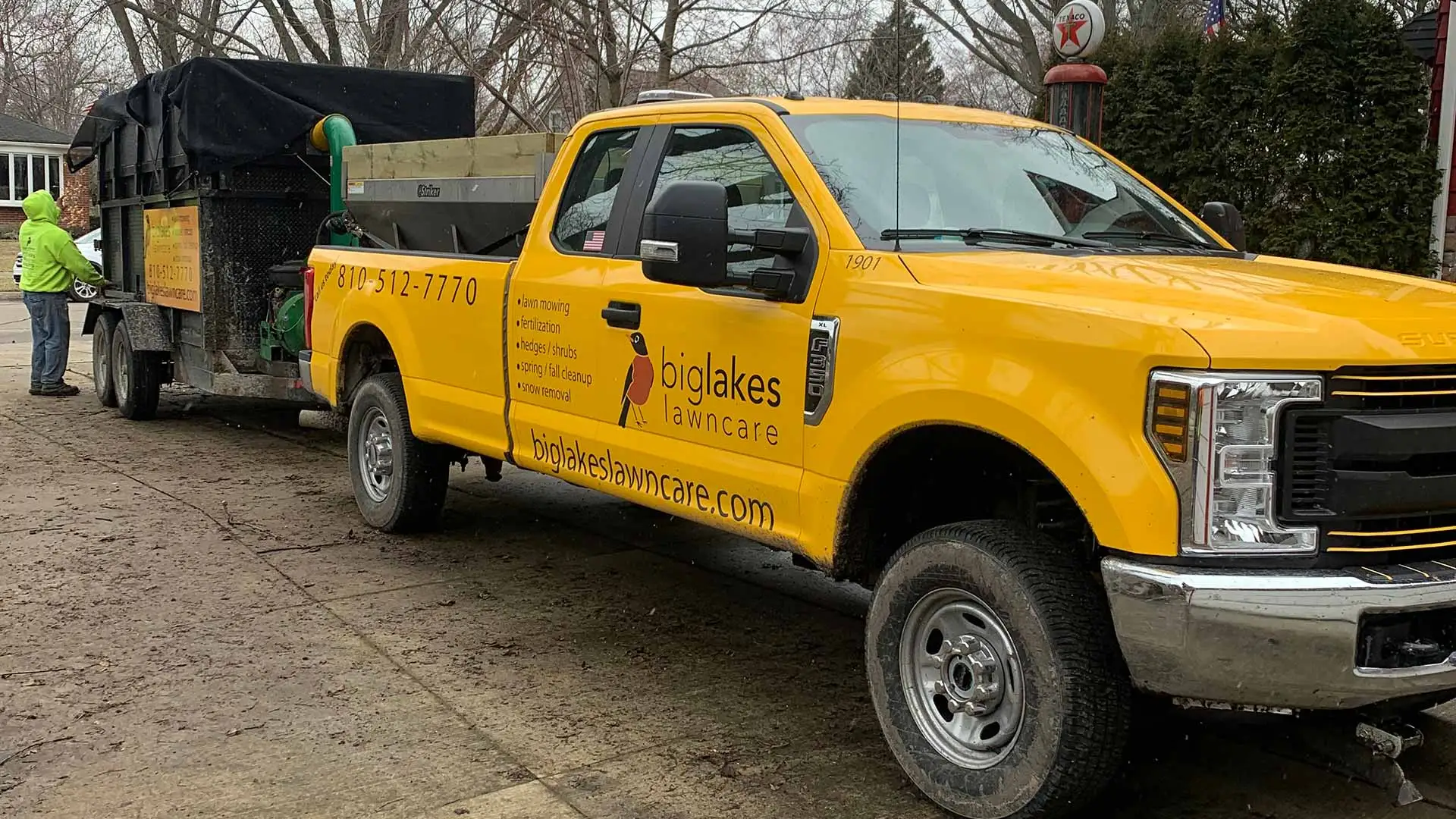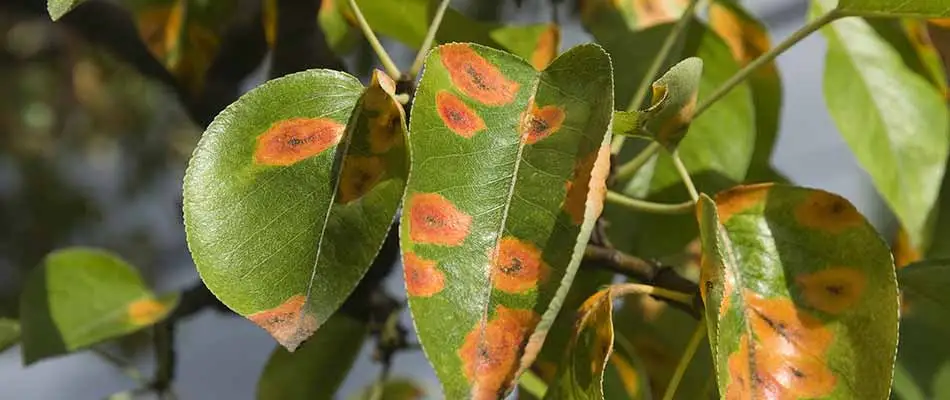Have you noticed something abnormal about the trees on your lawn? Perhaps you've seen some decay on the bark, or maybe you've seen some weak or dead branches or some seeping fluid or even pests. These can all be signs that your tree is suffering from a disease.
There are some common tree diseases prevalent in Macomb, MI and surrounding areas. They include tree rust, tree canker, leaf spot, and apple scab. It's important to be familiar with them so that appropriate actions may be taken to treat your trees. Read on to learn about the signs and symptoms to watch out for and what to expect if your trees have contracted these diseases.
1. Tree Rust
Tree rust is very common in the eastern part of the country. According to the US Forest Service, it needs two hosts planted near each other. The tree hosts are usually juniper, apple, hawthorn, or crabapple. The symptoms of this fungus will appear different depending on the host.
- Juniper - An infected tree will have gall formations with orange, slimy, hair-like tendrils that could grow two inches in diameter.
- Apple - Greenish-yellow spots will form on the leaves. As these spots get bigger, they change into an orange-yellow or orange-red color. The tree's fruit may also become deformed. Tree rust will also inhibit the tree from getting enough sunlight and nutrients, which can affect fruit production and even cause the tree to die.
- Hawthorn - Tree rust affects the hawthorn's leaves the most. They get small yellow spots that eventually turn orange. After a while, aecia (tube-like structures) will form on the leaves.
- Crabapple - Crabapples infected with tree rust will have bright, yellow-orange spots on the upper surface of the leaves.
One way of preventing tree rust is to not plant the two tree hosts near each other.
2. Tree Canker
Tree cankers form when pathogens enter the tree's bark through an opening caused by man or nature. It will look like a small wound in the beginning but over time it will grow larger. These "sores" can kill the cell tissue that surrounds them. Other symptoms include diseased and dying branches. Some tree cankers are very easy to spot, but others, like the chestnut blight, are not easily noticeable because they do not have those typical ridges surrounding a canker.
Once you discover a tree canker, call a professional right away so that they can take care of it.
Although there isn't a curative treatment for tree crankers, this disease is preventable with consistent tree care such as fertilization treatments.
3. Apple Scab

Although it's called apple scab, this disease can actually affect other trees other than apple trees, including mountain ash and pear trees. An early symptom of this disease is olive-green spots on the fruits and leaves of the tree, which eventually turn black over time. These round spots are usually found at the leaf vein and can measure about half an inch across. Eventually, these leaves will turn yellow and fall. As the tree loses leaves over the years, it will get weaker. Apple scab will also affect the fruit, giving it olive-green spots that turn scabby and render the fruit inedible.
Use preventative treatments and regular tree care services to prevent apple scab from damaging your trees.
4. Leaf Spot
Leaf spot is also known as cherry leaf spot and is a very serious disease that can affect any fruit tree. Symptoms will usually appear in late May up to early June. They are usually small, round spots that are purple in color, growing larger as time goes on. Older, infected leaves will turn yellow and then drop.
Trees affected by leaf spot disease are not able to produce the usual number of fruits because of premature defoliation.
Keeping the area where the trees are planted clean is one of the ways to prevent leaf spots; this includes removing all fallen leaves. Applying fungicides when the leaves have unfolded will also help to prevent leaf spots.
Stop worrying about tree disease by signing up for our tree and shrub health program.
It's good to always be vigilant and be on the lookout for signs of disease in your trees. But it's even better if you don't have to worry about them. At Big Lakes Lawncare, we have a tree and shrub health program that ensures your trees will stay healthy.
We have years of experience in this business, making us very familiar with the common diseases of trees in the area. We offer our services to Macomb, Shelby, Chesterfield, and surrounding areas in Michigan. Call us at (586) 200-0855 to enroll in our tree and shrub health program.




Comments (0)
Thanks for your comment!
Thanks for your feedback! Your comments have been successfully submitted! Please note, all comments require admin approval prior to display.
Error submitting comment!
There is a problem with your comment, please see below and try again.